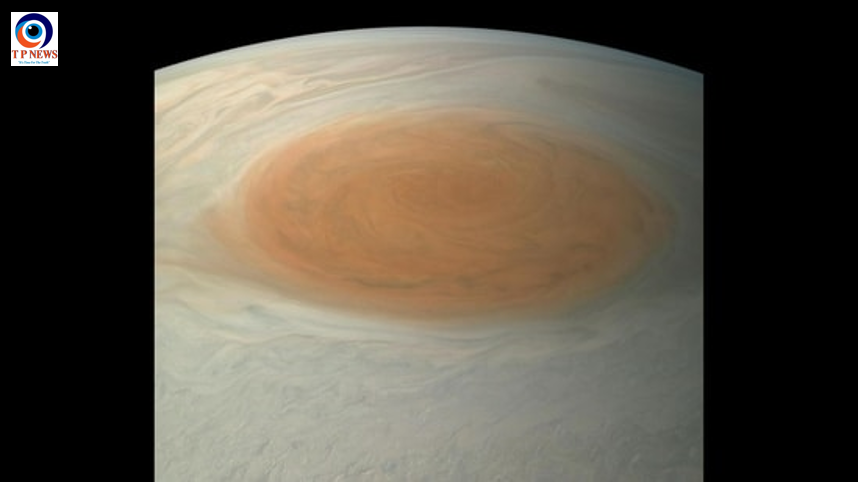For decades, scientists believed that intelligent life, like humans, was an incredibly rare fluke—an outcome so unlikely that it may have happened only once in the vast universe. The prevailing view, supported by some of the greatest evolutionary biologists and theoretical physicists, was that the emergence of complex life required an improbable sequence of evolutionary leaps, known as hard steps.
However, new research challenges this idea. A growing number of scientists now argue that the evolution of humanlike intelligence was not just a stroke of cosmic luck but rather an expected outcome of Earth’s long and complex history. Could it be that intelligent life is not as rare as we once thought?
The Hard-Steps Hypothesis: A Cosmic Coincidence?
In 1983, physicist Brandon Carter attempted to explain why intelligent life emerged within Earth’s 5-billion-year history. He dismissed the idea that intelligence arises quickly, as it took billions of years on Earth. He also rejected the possibility that evolution and the Sun’s lifespan coincidentally operate on similar timescales. Instead, he concluded that intelligent life is incredibly rare, requiring a series of unlikely hard steps, each with an extremely low probability of occurring.
Carter’s model suggests that Earth was extraordinarily lucky, as these crucial evolutionary steps would usually take trillions of years—far beyond the lifespan of most stars.
Some of the most widely recognized hard steps include:
- The origin of life
- The emergence of eukaryotic (nucleated) cells
- The development of oxygen-producing photosynthesis
- The evolution of multicellular organisms
- The rise of humanlike intelligence
If these steps were truly improbable, they should have occurred only once in Earth’s history. And according to traditional interpretations of the fossil record, that’s exactly what happened.
But is that really the case?
Did Evolutionary Hard Steps Happen More Than Once?
While the hard-steps model has long been accepted, paleontologist Geerat Vermeij proposed an alternative explanation. He argued that these so-called rare evolutionary leaps might have happened multiple times, but we just don’t have the evidence to prove it.
Why Would Evidence Be Missing?
- Extinction & Fossil Gaps – Many ancient species may have gone extinct before leaving a fossil record, making it seem like key evolutionary breakthroughs happened only once.
- Competition & Environmental Change – When a species undergoes a major evolutionary innovation, it may outcompete other species that were evolving toward the same breakthrough, wiping them out before they could establish themselves.
- Environmental Constraints – Some conditions may have allowed only a single lineage to develop a particular trait, making it appear unique.
If these explanations hold true, then the hard steps weren’t truly hard—they were simply unique events shaped by environmental factors.
Why Didn’t Intelligence Emerge Sooner?
If the evolution of intelligence wasn’t as improbable as Carter suggested, then why didn’t it happen much earlier? The answer may lie not in biology, but in Earth’s changing environment.
Earth’s Long Road to Habitability
- Oxygen Scarcity – For nearly 90% of Earth’s history, oxygen levels were too low to support complex life, delaying the rise of intelligent beings.
- Eukaryotic Cells Needed Oxygen – It took nearly 50% of Earth’s history before there was enough oxygen for eukaryotic (complex) cells to thrive.
- Environmental Complexity Grew Over Time – As Earth’s climate, oceans, and atmosphere evolved, new ecological niches emerged, allowing for greater biological complexity.
Rather than being a sequence of lucky accidents, the emergence of intelligence may have been a natural response to Earth’s changing conditions. Humans arose when they did because Earth only recently became capable of supporting them.
What This Means for the Search for Alien Intelligence
If intelligence was an inevitable outcome of Earth’s evolution, could the same be true on other planets?
To test this theory, scientists from multiple disciplines—from microbiology and paleontology to astrophysics—are collaborating to understand how life co-evolves with planetary environments.
Key Questions Moving Forward
- Are “hard steps” truly rare, or did they happen multiple times in Earth’s history?
- How long will Earth remain habitable for humanlike intelligence?
- How common are life-friendly planets with conditions similar to Earth’s?
- Do planets outside our solar system show evidence of key evolutionary milestones, like oxygen-producing photosynthesis?
If these studies confirm that Earth’s evolutionary pathway is typical rather than extraordinary, then the universe may be filled with intelligent life waiting to be discovered. The hard-steps model may have overestimated how difficult it is for life to develop, making extraterrestrial intelligence far more likely than we once believed.
The search for alien civilizations may have just become a lot more promising.
Conclusion: Was Human Intelligence Inevitable?
New research suggests that intelligent life may not be as rare as once thought. Instead of being an improbable cosmic accident, the rise of humans could be a predictable outcome of a planet evolving over billions of years.
This revolutionary perspective shifts how we think about our place in the universe. If intelligence is a natural consequence of planetary evolution, then somewhere out there, other civilizations may already exist—or may be just on the verge of emerging.
The only question now is: Are we alone? Or are we just the first to find out?







